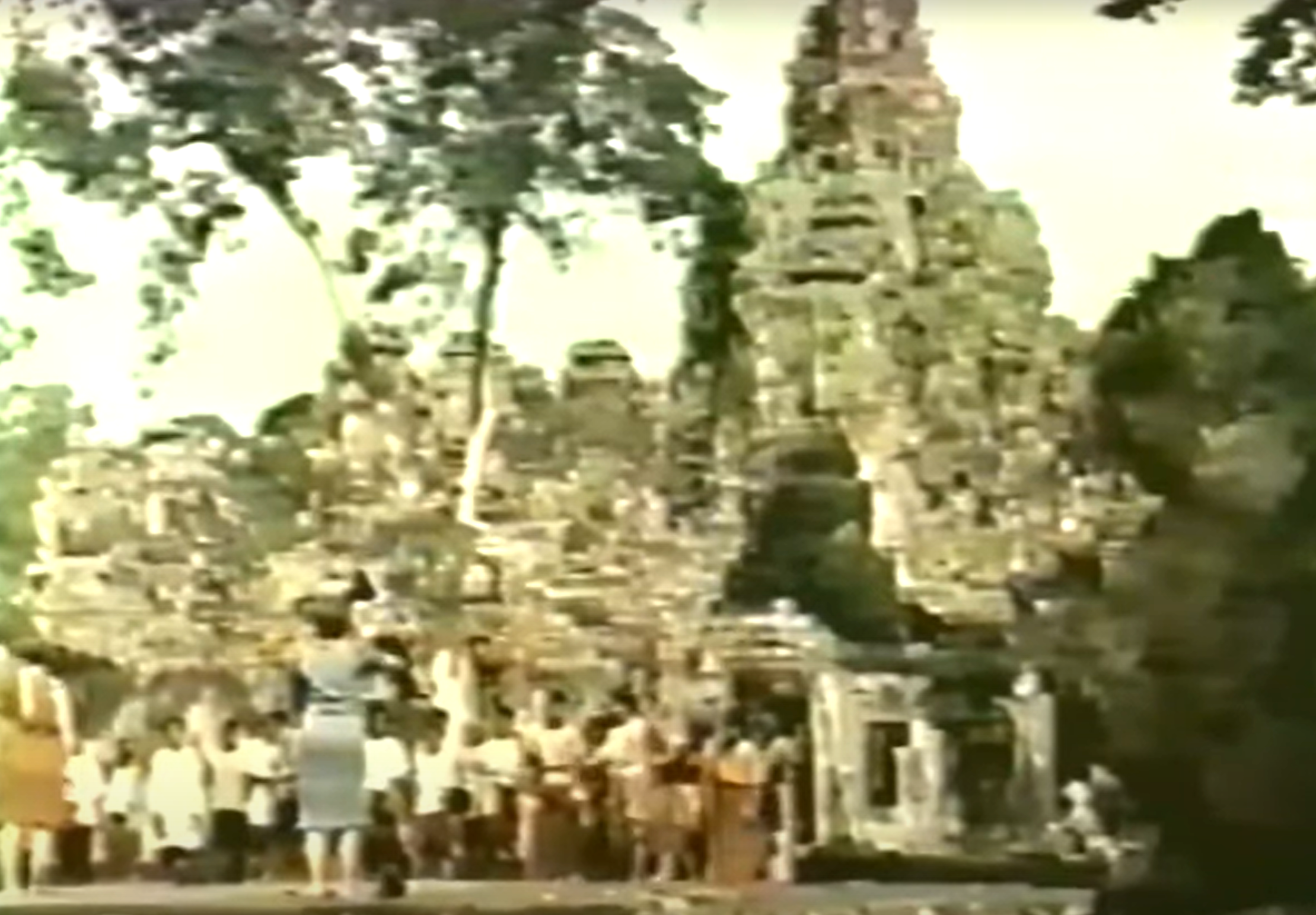Tourism in the Kingdom of Cambodia, 1960s
A valuable visual document on tourism in Cambodia in the 1960s offering some glimpses on the cultural scene of Cambodia's "Golden Age."
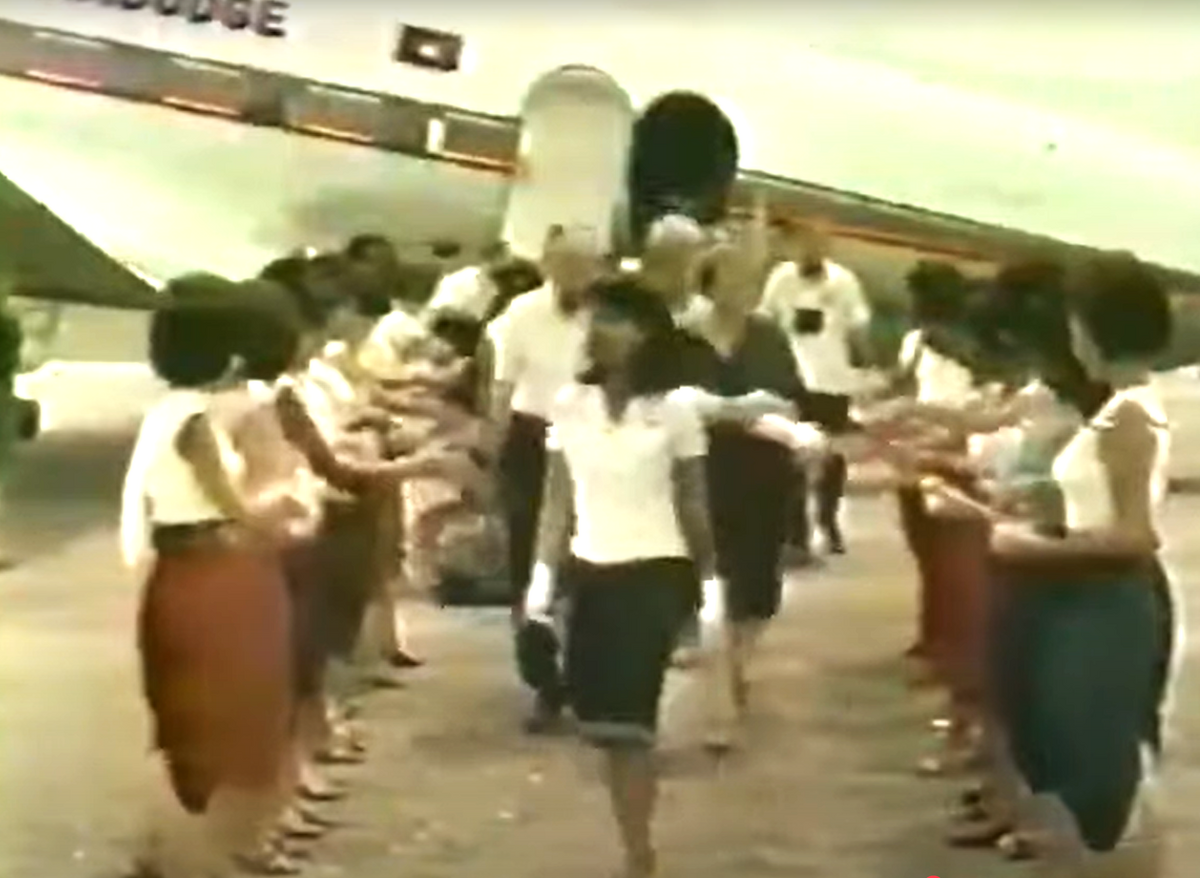
Published: 1963
Source: posted by Lim Soknarith, 2021.
This unfinished (last minutes are mostly rushes, credits are missing) promotional film is much valuable for historians and Cambodian lovers, as it shows Phnom Penh and Angkor in the historic context of the 1960s, from Pocheuntong Airport (to be closed in 2025) to the White Building (torn down in 2018), a soccer match in the brand new and crowded Olympic Stadium, a tourist arrival at Siem Reap Airport (closed in 2024) with flowers and young Cambodian women in traditional attire…
The soundtrack, entertaining and lively, starts with a song popular at the time by Cambodian pop singer Mao Sareth ម៉ៅ សារ៉េត, whom we can briefly watch on stage as happy (and dressed to the nines, as it was customary then) international guests join in ‘local’ for a romvong dance.
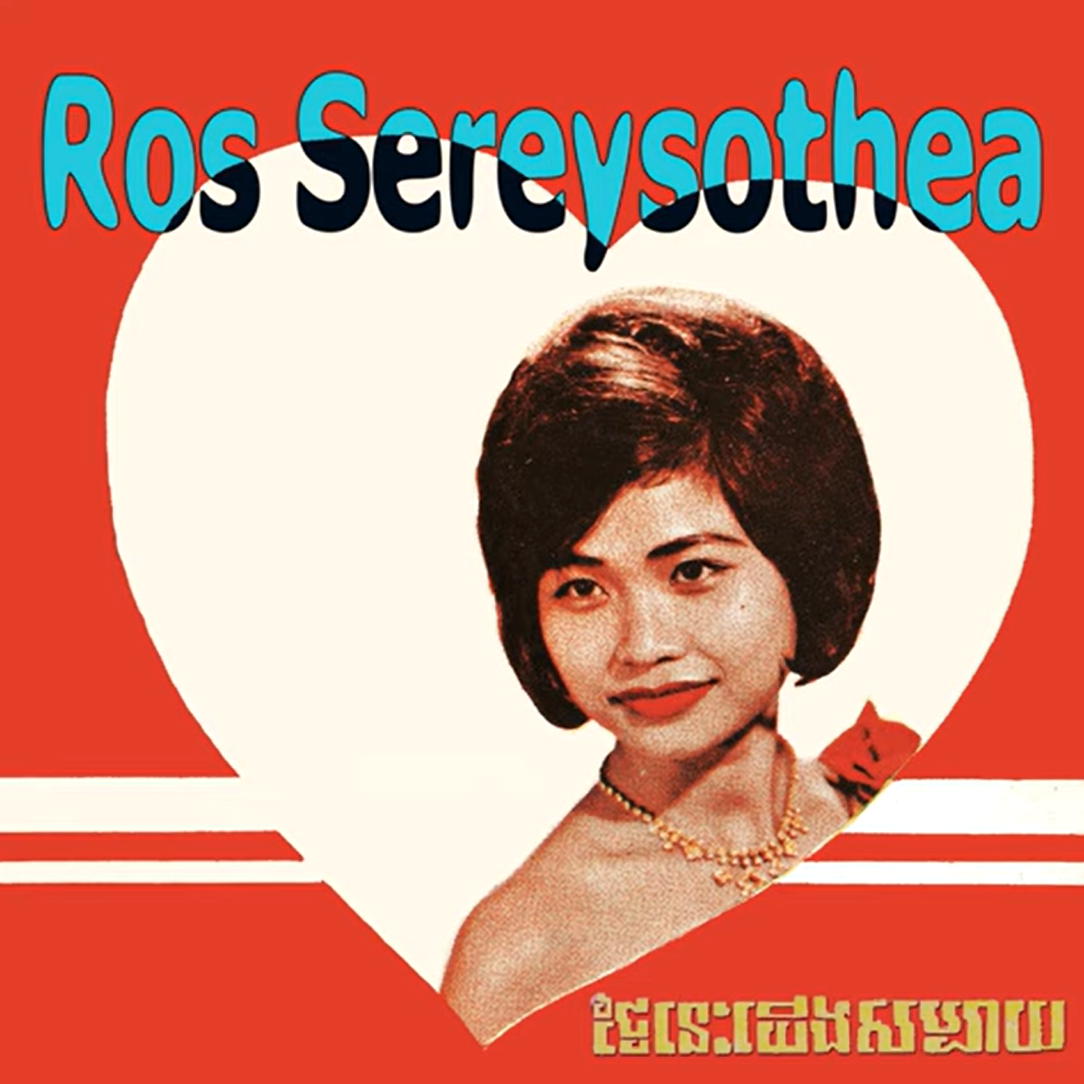
Golden voices of the 1960s
In a country where music and dance are intrinsic part of the most valued cultural heritage and of the daily, then ruled by Prince Norodom Sihanouk, himself a prolific music composer and cinematographer, Mao Sareth was then the female star of the scene along with Ros Sereysothea រស់ សេរីសុទ្ធា and Pen Ron ប៉ែន រ៉ន. Above, a sample of three of their respective albums, which were numerous and dearly cherished.
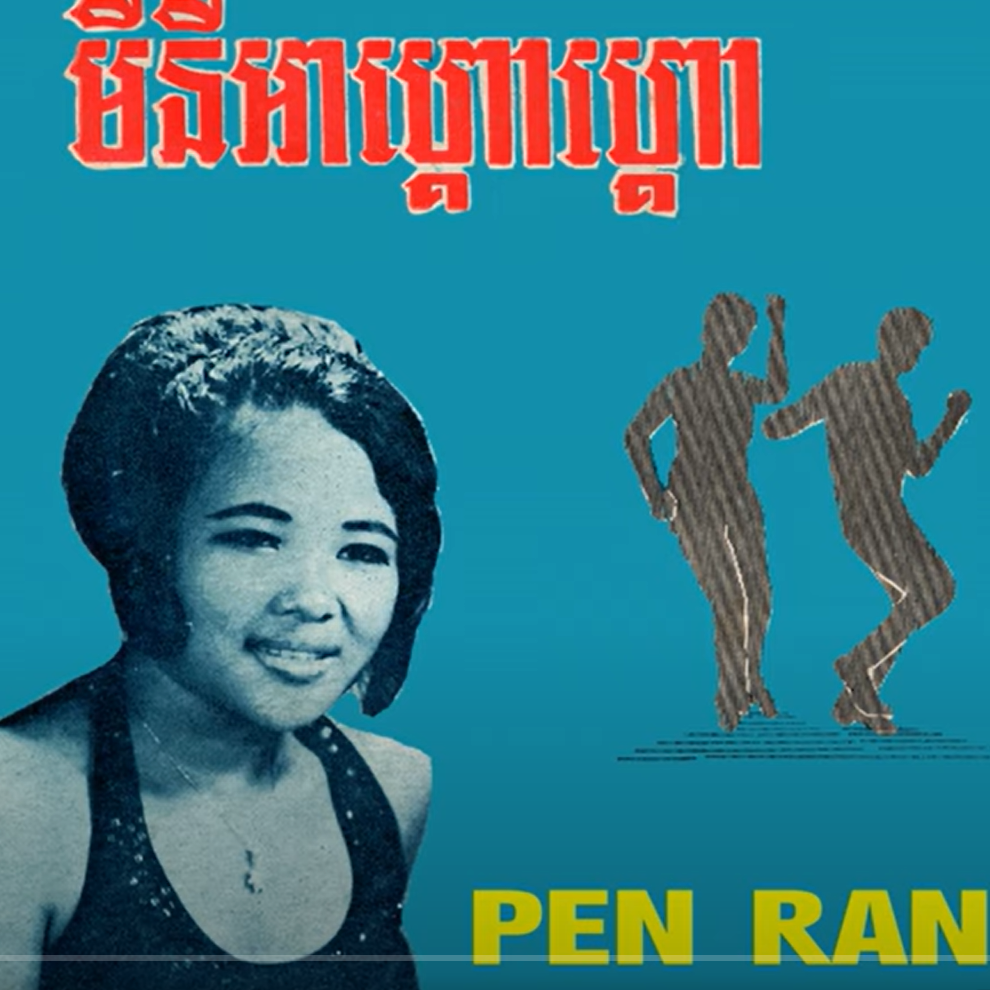
Golden voices of the 1960s
In a country where music and dance are intrinsic part of the most valued cultural heritage and of the daily, then ruled by Prince Norodom Sihanouk, himself a prolific music composer and cinematographer, Mao Sareth was then the female star of the scene along with Ros Sereysothea រស់ សេរីសុទ្ធា and Pen Ron ប៉ែន រ៉ន. Above, a sample of three of their respective albums, which were numerous and dearly cherished.
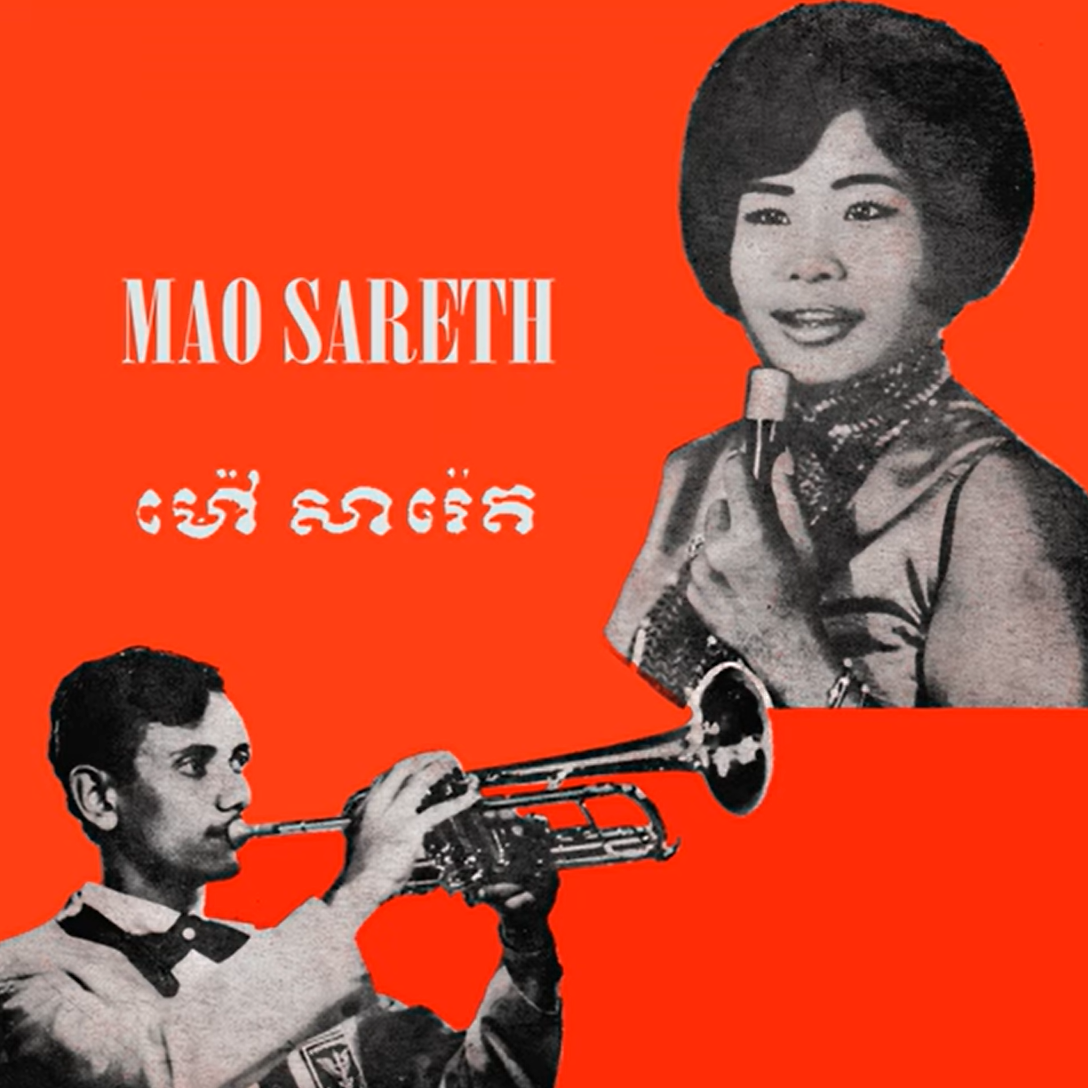
Golden voices of the 1960s
In a country where music and dance are intrinsic part of the most valued cultural heritage and of the daily, then ruled by Prince Norodom Sihanouk, himself a prolific music composer and cinematographer, Mao Sareth was then the female star of the scene along with Ros Sereysothea រស់ សេរីសុទ្ធា and Pen Ron ប៉ែន រ៉ន. Above, a sample of three of their respective albums, which were numerous and dearly cherished.
Golden voices of the 1960s
In a country where music and dance are intrinsic part of the most valued cultural heritage and of the daily, then ruled by Prince Norodom Sihanouk, himself a prolific music composer and cinematographer, Mao Sareth was then the female star of the scene along with Ros Sereysothea រស់ សេរីសុទ្ធា and Pen Ron ប៉ែន រ៉ន. Above, a sample of three of their respective albums, which were numerous and dearly cherished.
While a part devoted to the beachy Cambodia was obviously planned but is missing in the editing, the action leaves Phnom Penh for Siem Reap, and spot right to Angkor as the debarking tourists seem to be directly bused to the Auberge Royale des Temples (destroyed in the civil war). Here, the short offers rare glimpses of the bygone hotel — a 3‑star gentrified bungalow setting situated at the entrance of Angkor Wat western causeway. Diners at the streamlined and pristine restaurant can be seen enjoying a prime view to the iconic temple.
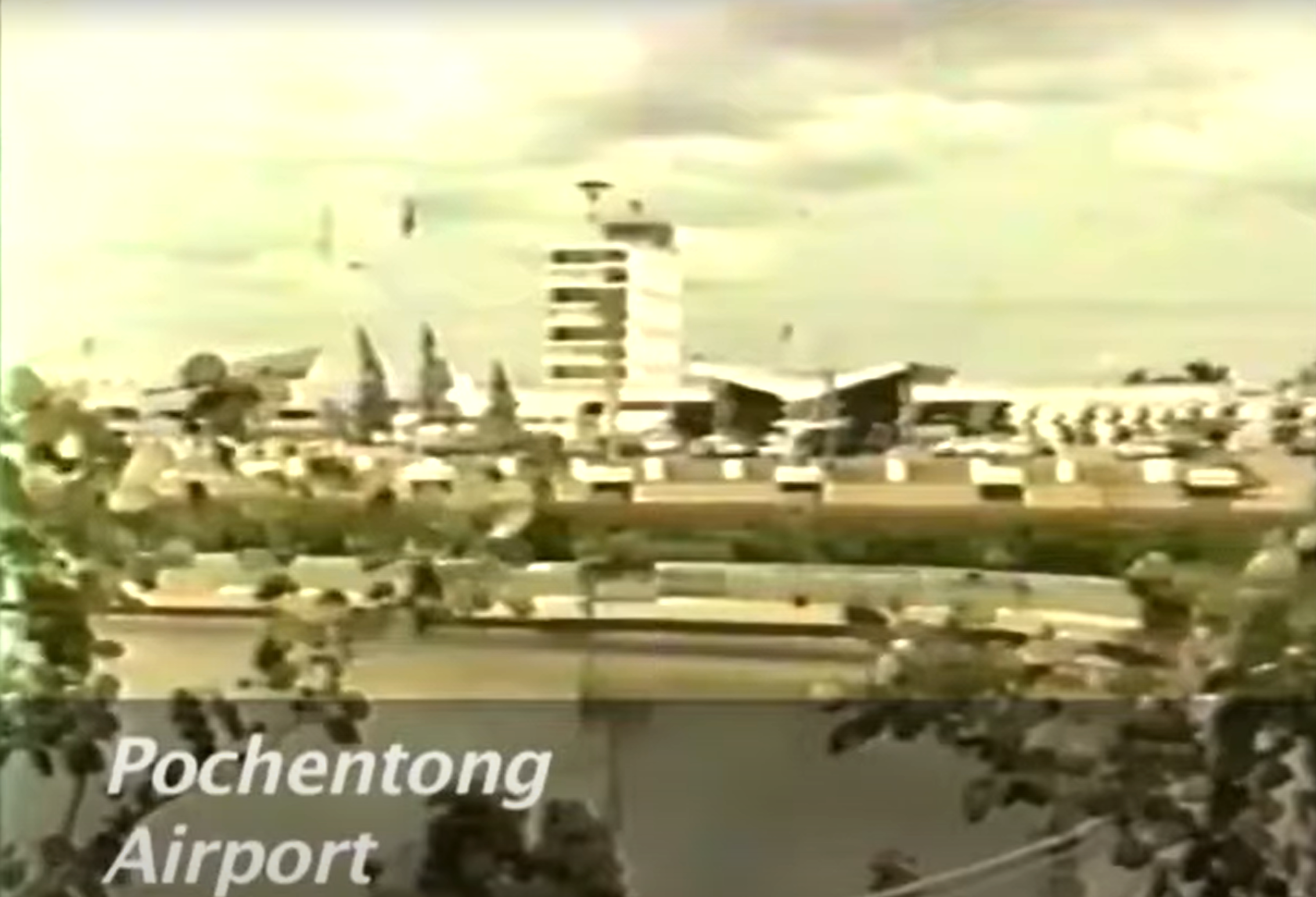
Screenshots from the film, top to bottom: Pocheuntong Airport; Mao Sareth’s performance for international tourists; arrival at Siem Airport; Auberge des Temples with (what) a view; elephants carrying tourists inside Angkor Wat; trot dance at Bayon; a group of visitors at Ta Prohm.
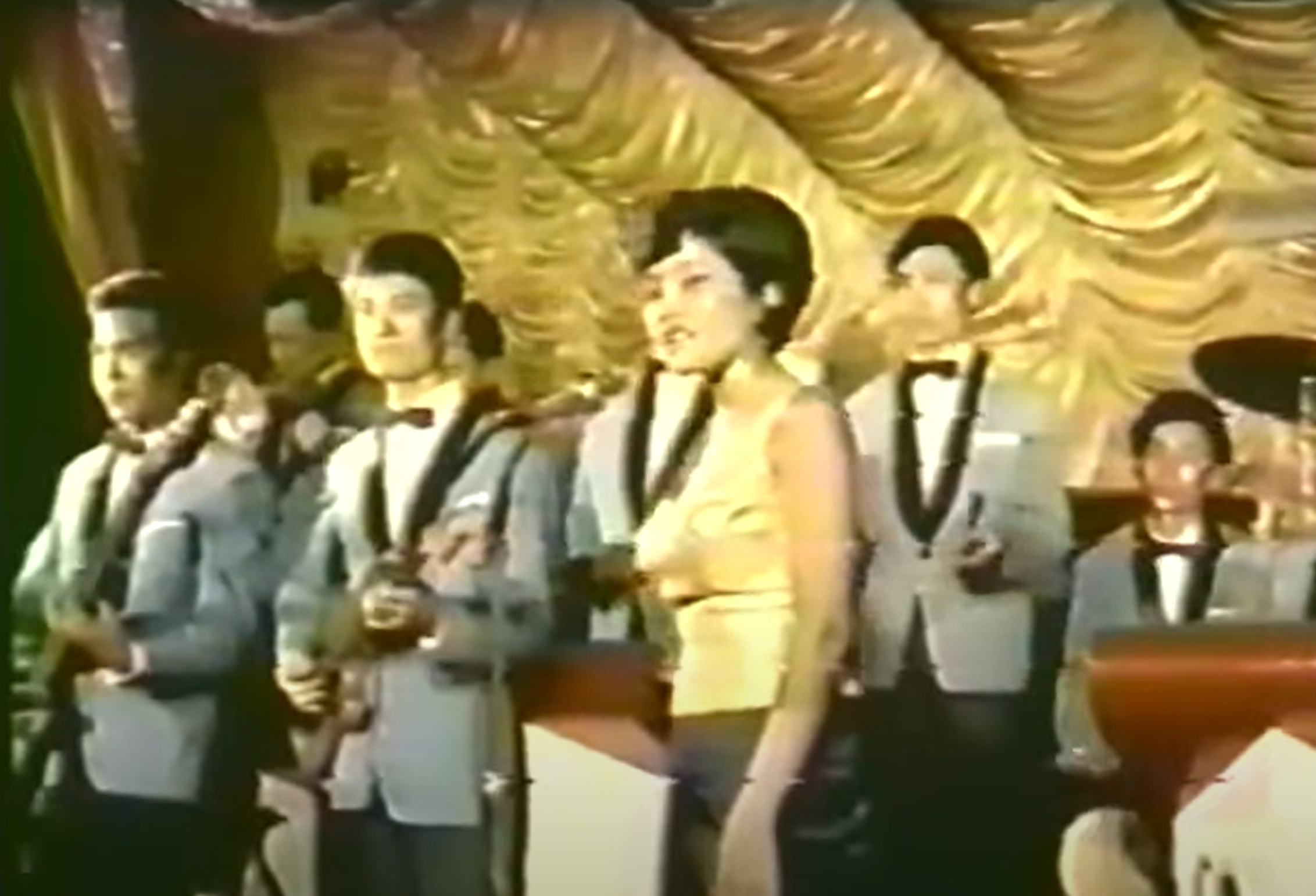
Screenshots from the film, top to bottom: Pocheuntong Airport; Mao Sareth’s performance for international tourists; arrival at Siem Airport; Auberge des Temples with (what) a view; elephants carrying tourists inside Angkor Wat; trot dance at Bayon; a group of visitors at Ta Prohm.
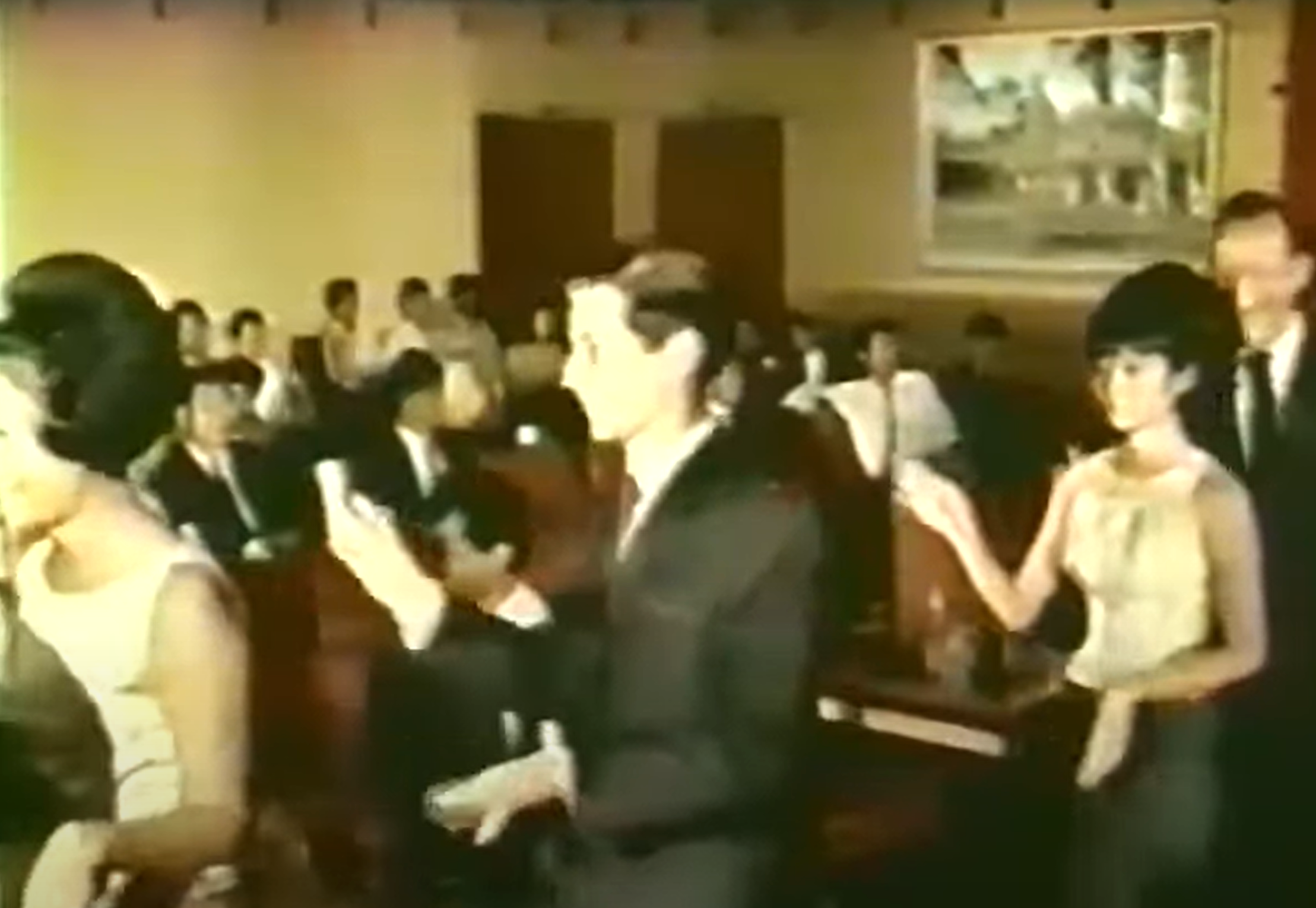
Screenshots from the film, top to bottom: Pocheuntong Airport; Mao Sareth’s performance for international tourists; arrival at Siem Airport; Auberge des Temples with (what) a view; elephants carrying tourists inside Angkor Wat; trot dance at Bayon; a group of visitors at Ta Prohm.
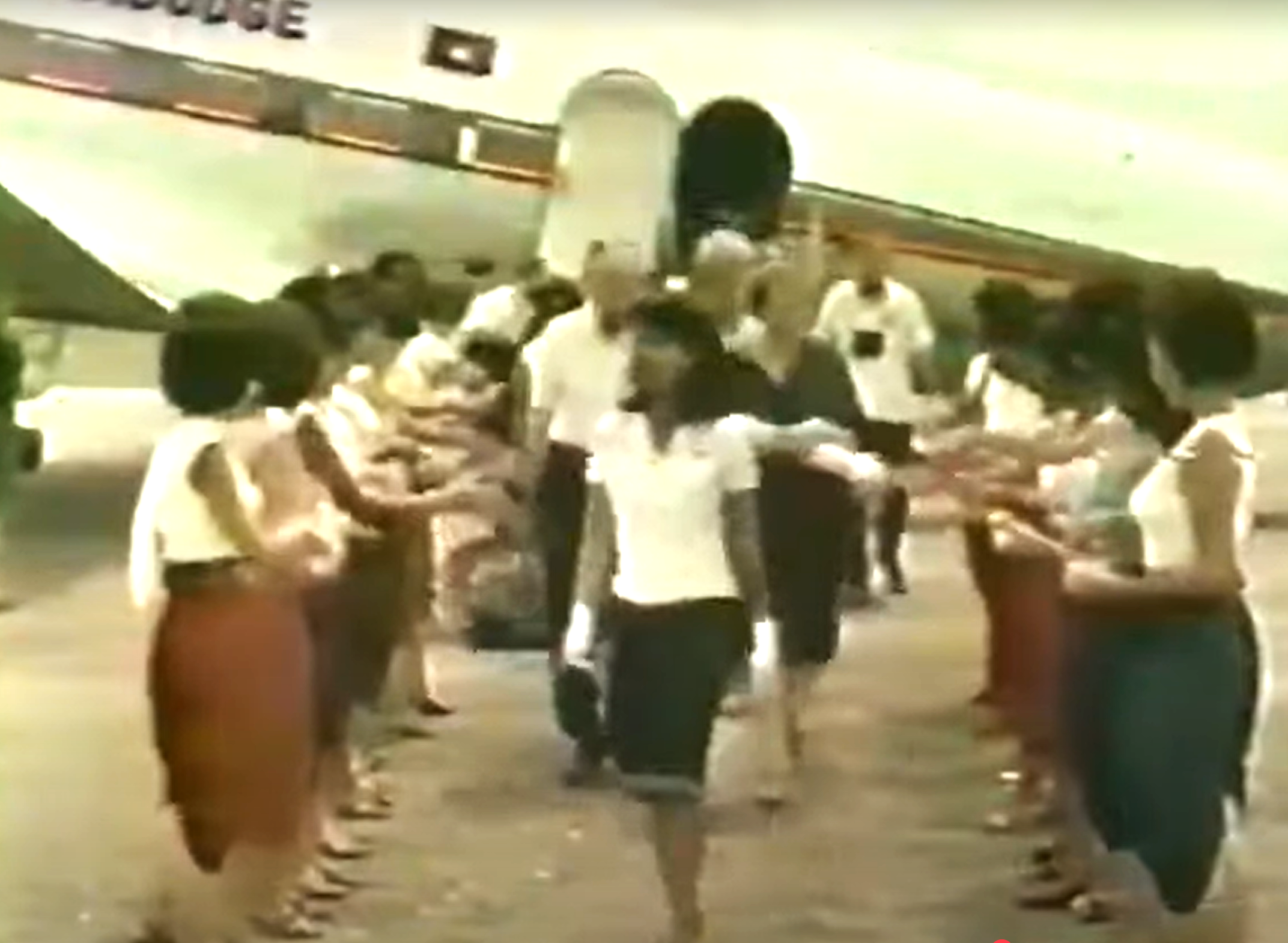
Screenshots from the film, top to bottom: Pocheuntong Airport; Mao Sareth’s performance for international tourists; arrival at Siem Airport; Auberge des Temples with (what) a view; elephants carrying tourists inside Angkor Wat; trot dance at Bayon; a group of visitors at Ta Prohm.
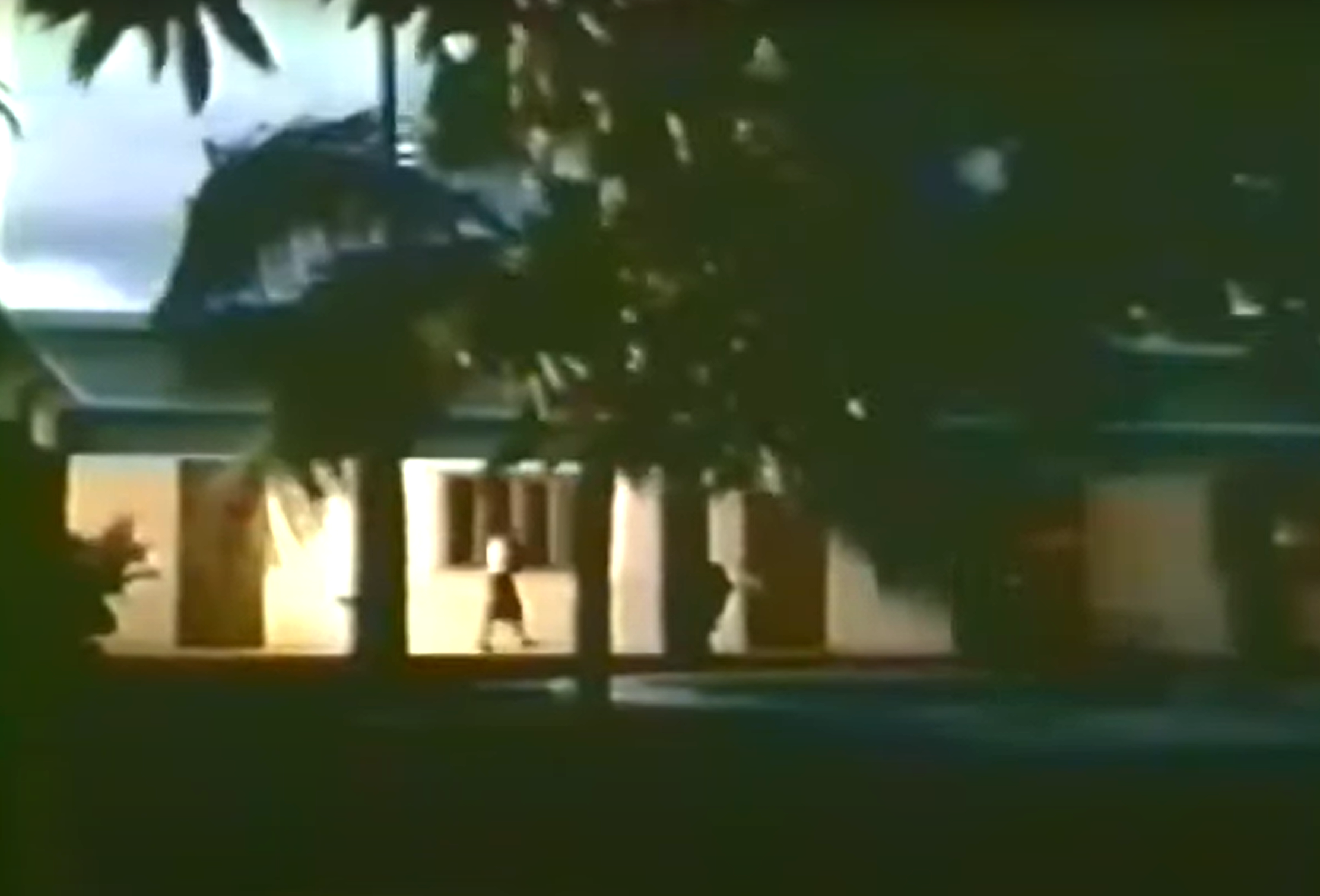
Screenshots from the film, top to bottom: Pocheuntong Airport; Mao Sareth’s performance for international tourists; arrival at Siem Airport; Auberge des Temples with (what) a view; elephants carrying tourists inside Angkor Wat; trot dance at Bayon; a group of visitors at Ta Prohm.
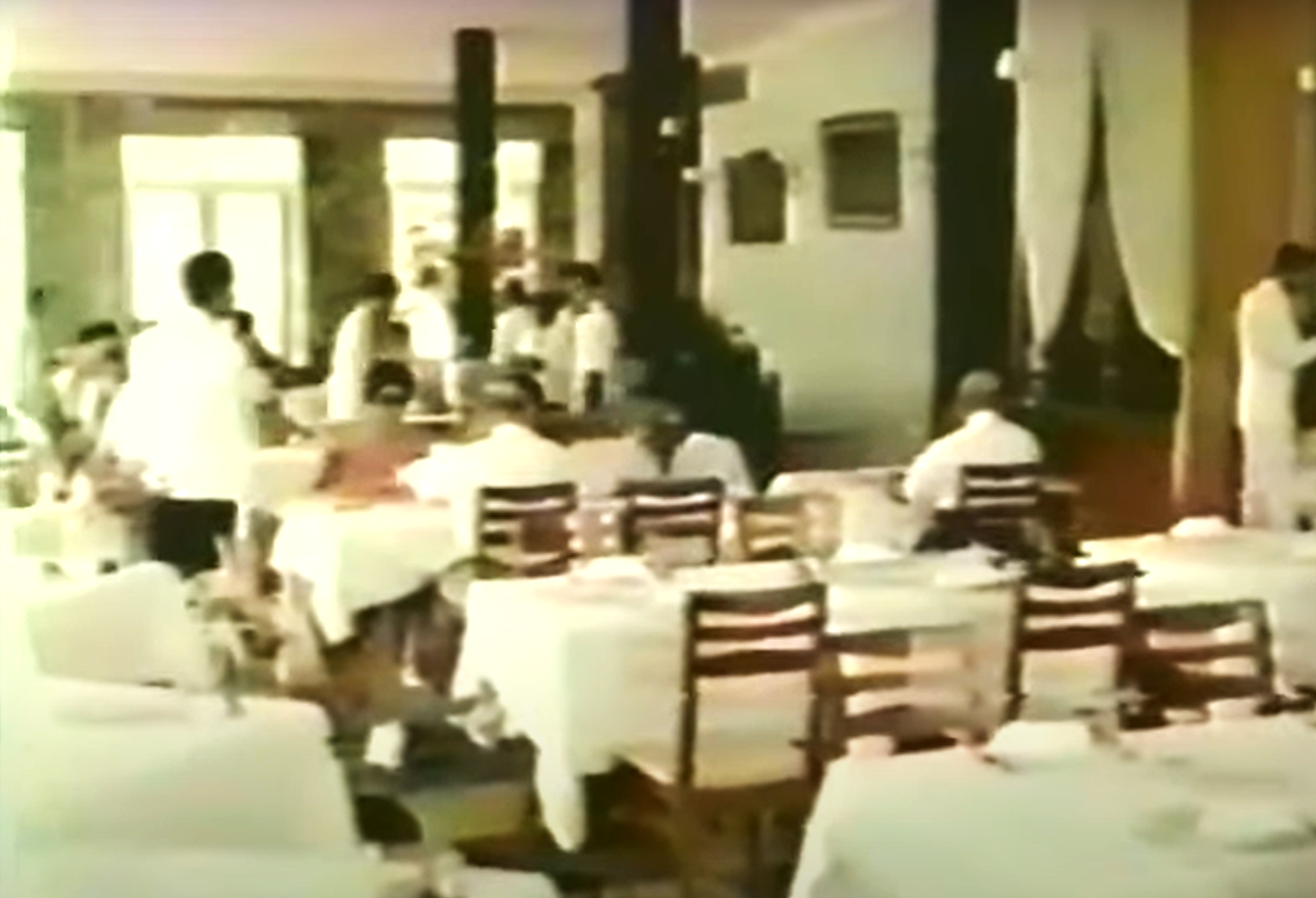
Screenshots from the film, top to bottom: Pocheuntong Airport; Mao Sareth’s performance for international tourists; arrival at Siem Airport; Auberge des Temples with (what) a view; elephants carrying tourists inside Angkor Wat; trot dance at Bayon; a group of visitors at Ta Prohm.
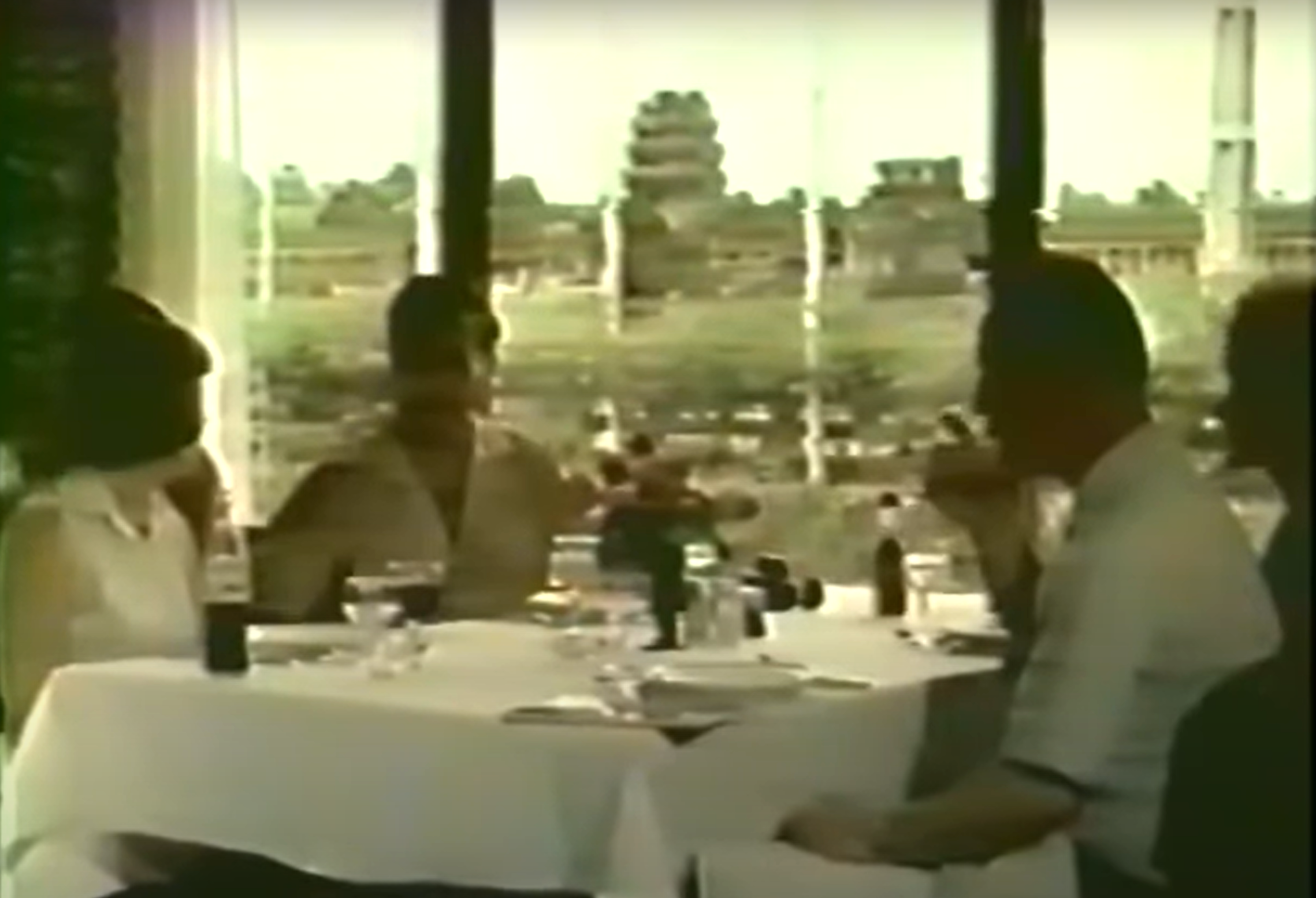
Screenshots from the film, top to bottom: Pocheuntong Airport; Mao Sareth’s performance for international tourists; arrival at Siem Airport; Auberge des Temples with (what) a view; elephants carrying tourists inside Angkor Wat; trot dance at Bayon; a group of visitors at Ta Prohm.
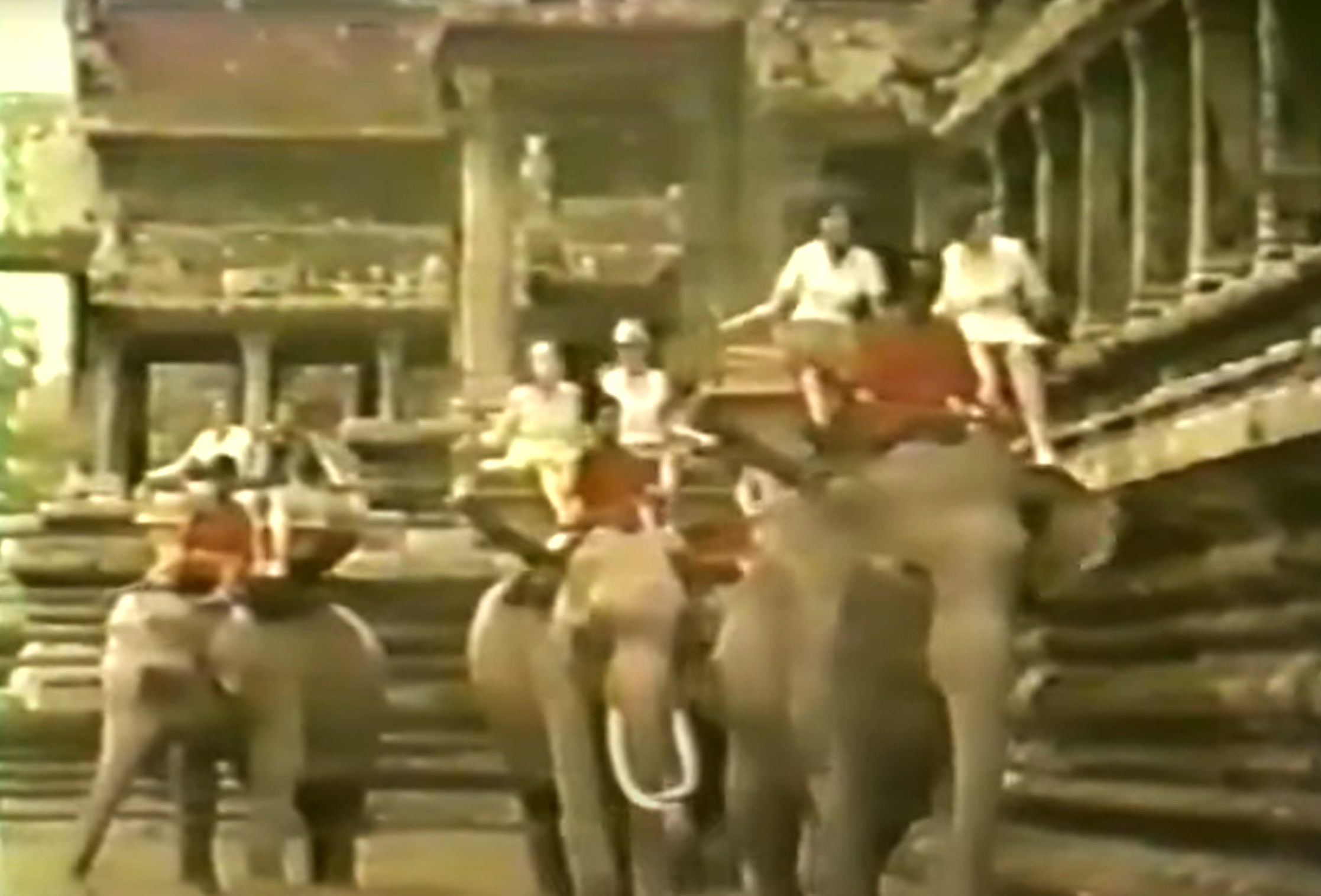
Screenshots from the film, top to bottom: Pocheuntong Airport; Mao Sareth’s performance for international tourists; arrival at Siem Airport; Auberge des Temples with (what) a view; elephants carrying tourists inside Angkor Wat; trot dance at Bayon; a group of visitors at Ta Prohm.
Screenshots from the film, top to bottom: Pocheuntong Airport; Mao Sareth’s performance for international tourists; arrival at Siem Airport; Auberge des Temples with (what) a view; elephants carrying tourists inside Angkor Wat; trot dance at Bayon; a group of visitors at Ta Prohm.

